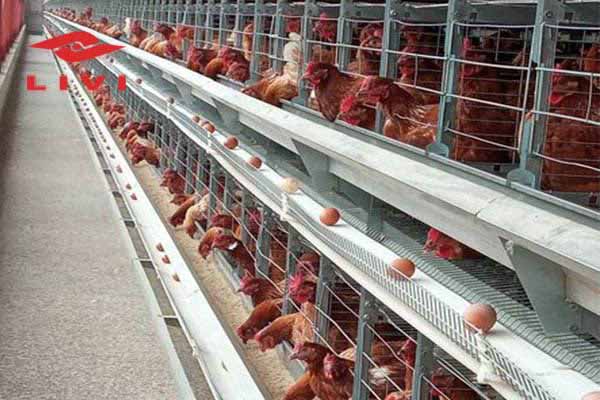Automated Egg Packaging Equipment: The Game-Changer for Uganda Chicken Farms
Time : 2025-04-25
In the bustling world of agriculture, especially in regions like Uganda, where poultry farming is a significant contributor to the economy, the efficiency and scale of operations can make or break a business. One area that has seen significant advancements is the implementation of automated egg packaging equipment. This article delves into the benefits of such technology for Uganda’s chicken farms, offering insights into how it can transform operations and drive growth.
Understanding the Needs of Uganda Chicken Farms
Uganda’s poultry industry is growing rapidly, but it faces several challenges. Manual egg packaging is labor-intensive, time-consuming, and prone to errors. This not only affects the bottom line but also hampers the overall quality of the product. To keep up with the increasing demand for eggs, both locally and internationally, automating the egg packaging process is becoming more than just a luxury—it’s a necessity.
What is Automated Egg Packaging Equipment?
Automated egg packaging equipment is a system designed to streamline the process of packaging eggs. These machines can sort, clean, grade, and package eggs in a matter of seconds, which is a stark contrast to the hours it would take to do the same job manually. They come in various shapes and sizes, but all serve the same purpose: to increase efficiency and reduce costs.
Benefits of Automated Egg Packaging Equipment for Uganda Chicken Farms
1. Increased Efficiency
– Automated systems can package hundreds, if not thousands, of eggs per hour, significantly reducing the time and labor required.
– This efficiency allows farms to focus on other aspects of poultry farming, like breeding and feed management.
2. Improved Product Quality
– The consistent handling of eggs by machines ensures that the eggs are less likely to crack or break during packaging.
– The automated cleaning process reduces the risk of cross-contamination, keeping the eggs fresh and safe for consumption.
3. Cost Reduction
– While the initial investment in an automated system can be high, the long-term cost savings are substantial.
– Less labor means lower wages and benefits, and fewer damaged eggs mean less waste and lower losses.
4. Brand Consistency
– Automated systems can be programmed to package eggs in a specific size and weight, ensuring consistency that is critical for brand image and consumer satisfaction.
5. Adaptability to Market Demands
– As the market evolves, so can the packaging machines. They can be easily modified to meet new requirements, whether it’s changing the size of the packaging or incorporating additional features.
Implementation Challenges
While the benefits are clear, implementing automated egg packaging equipment is not without its challenges. For many Uganda chicken farms, the initial cost is a barrier. However, there are ways to mitigate this:
1. Financial Incentives
– Government grants and subsidies can help offset the cost of purchasing and installing the equipment.
– Banks and financial institutions may offer special loans with favorable terms for agriculture-related investments.
2. Technical Support
– Working with reputable manufacturers that offer training and technical support can ensure that the equipment is installed and operated correctly.
– Local technicians can be trained to maintain the machines, reducing the need for constant imported expertise.
3. Scaling Gradually
– Instead of making a complete overhaul, farms can start with smaller systems and gradually expand as their operations grow.
Case Study: Success Stories from Uganda
Several Uganda chicken farms have already embraced automated egg packaging equipment and are reaping the rewards. For instance, the ABC Chicken Farm in Jinja started with a basic automated system and has seen a 30% increase in productivity and a 20% reduction in packaging costs.
The Future of Automated Egg Packaging in Uganda
As technology continues to advance, the capabilities of automated egg packaging equipment will only improve. The future could see systems that are not only more efficient but also more sustainable. For example, the integration of renewable energy sources for machine operation can reduce the carbon footprint and contribute to a greener farming industry.
Conclusion
In conclusion, the introduction of automated egg packaging equipment is a game-changer for Uganda’s chicken farms. It promises to increase efficiency, improve product quality, reduce costs, and help farms stay competitive in a rapidly evolving market. While challenges remain, with strategic planning and the right support, automated egg packaging is poised to become a cornerstone of Uganda’s poultry industry.












